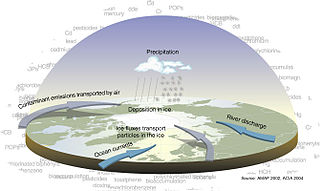 W
WArctic haze is the phenomenon of a visible reddish-brown springtime haze in the atmosphere at high latitudes in the Arctic due to anthropogenic air pollution. A major distinguishing factor of Arctic haze is the ability of its chemical ingredients to persist in the atmosphere for significantly longer than other pollutants. Due to limited amounts of snow, rain, or turbulent air to displace pollutants from the polar air mass in spring, Arctic haze can linger for more than a month in the northern atmosphere.
 W
WBattenburg markings or Battenberg markings are a pattern of high-visibility markings developed in the United Kingdom (UK) in the 1990s and now used on the sides of emergency service vehicles in the UK, Crown dependencies, British Overseas Territories and several other European countries such as Czech Republic, Sweden, Germany, Spain, Ireland and Belgium as well as in New Zealand, Australia, Hong Kong, and Trinidad and Tobago. The name comes from its similarity in appearance to the cross-section of a Battenberg cake.
 W
WThe Beer–Lambert law, also known as Beer's law, the Lambert–Beer law, or the Beer–Lambert–Bouguer law relates the attenuation of light to the properties of the material through which the light is travelling. The law is commonly applied to chemical analysis measurements and used in understanding attenuation in physical optics, for photons, neutrons, or rarefied gases. In mathematical physics, this law arises as a solution of the BGK equation.
 W
WThe blue hour is the period of twilight when the Sun is at a significant depth below the horizon and residual, indirect sunlight takes on a predominantly blue shade, which differs from the one visible during most of a clear day, which is caused by Rayleigh scattering.
 W
WDaylight is the combination of all direct and indirect sunlight during the daytime. This includes direct sunlight, diffuse sky radiation, and (often) both of these reflected by Earth and terrestrial objects, like landforms and buildings. Sunlight scattered or reflected by objects in outer space is generally not considered daylight. Thus, daylight excludes moonlight, despite it being reflected indirect sunlight. Daytime is the period of time each day when daylight occurs. Daylight happens as Earth rotates, and either side on which the Sun shines is considered daylight.
 W
WIn architecture, a daylight factor (DF) is the ratio of the light level inside a structure to the light level outside the structure. It is defined as: DF = x 100%
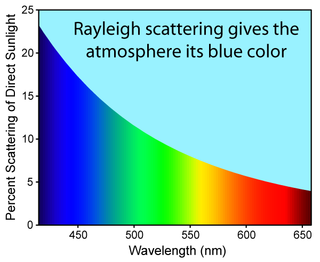 W
WDiffuse sky radiation is solar radiation reaching the Earth's surface after having been scattered from the direct solar beam by molecules or particulates in the atmosphere. Also called sky radiation, diffuse skylight, or just skylight, it is the determinative process for changing the colors of the sky. Approximately 23% of direct incident radiation of total sunlight is removed from the direct solar beam by scattering into the atmosphere; of this amount about two-thirds ultimately reaches the earth as photon diffused skylight radiation.
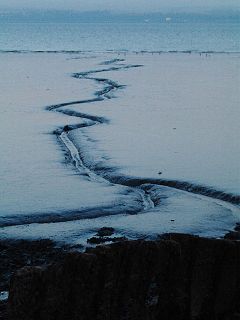 W
WGloom is a low level of light which is so dim that there are physiological and psychological effects. Human vision at this level becomes monochrome and has lessened clarity.
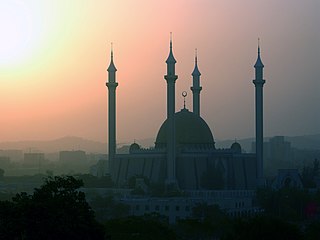 W
WHaze is traditionally an atmospheric phenomenon in which dust, smoke, and other dry particulates obscure the clarity of the sky. The World Meteorological Organization manual of codes includes a classification of horizontal obscuration into categories of fog, ice fog, steam fog, mist, haze, smoke, volcanic ash, dust, sand, and snow. Sources for haze particles include farming, traffic, industry, and wildfires.
 W
WLight pollution is the presence of anthropogenic and artificial light in the night environment. It is exacerbated by excessive, misdirected or obtrusive use of light, but even carefully used light fundamentally alters natural conditions. As a major side-effect of urbanization, it is blamed for compromising health, disrupting ecosystems and spoiling aesthetic environments.
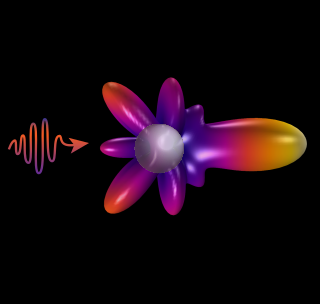 W
WThe Mie solution to Maxwell's equations describes the scattering of an electromagnetic plane wave by a homogeneous sphere. The solution takes the form of an infinite series of spherical multipole partial waves. It is named after Gustav Mie.
 W
WParticulates – also known as atmospheric aerosol particles, atmospheric particulate matter, particulate matter (PM), or suspended particulate matter (SPM) – are microscopic particles of solid or liquid matter suspended in the air. The term aerosol commonly refers to the particulate/air mixture, as opposed to the particulate matter alone. Sources of particulate matter can be natural or anthropogenic. They have impacts on climate and precipitation that adversely affect human health, in ways additional to direct inhalation.
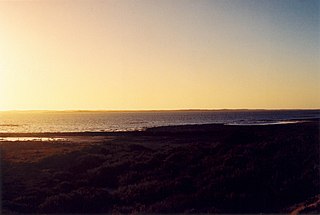 W
WRayleigh scattering, named after the nineteenth-century British physicist Lord Rayleigh, is the predominantly elastic scattering of light or other electromagnetic radiation by particles much smaller than the wavelength of the radiation. For light frequencies well below the resonance frequency of the scattering particle, the amount of scattering is inversely proportional to the fourth power of the wavelength.
 W
WSatellite flare, also known as satellite glint, is a satellite pass visible to the naked eye as a brief, bright "flare". It is caused by the reflection toward the Earth below of sunlight incident on satellite surfaces such as solar panels and antennas. Streaks from satellite flare are a form of light pollution that can negatively impact ground-based astronomy, stargazing, and indigenous people.
 W
WSillitoe tartan is the nickname given to the distinctive black and white chequered pattern correctly known as dicing, which was originally associated with the police in Scotland, but which later spread to widespread use overseas, notably in Australia, New Zealand, the rest of the United Kingdom, and Chicago as well as Pittsburgh in the United States. Elsewhere it is rare, such as in parts of Canada where it is limited to the auxiliary police services.
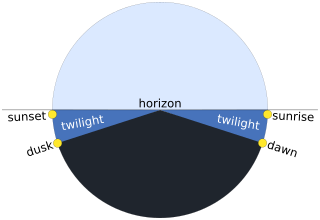 W
WTwilight on Earth is the illumination of the lower atmosphere when the Sun is not directly visible because it is below the horizon. Twilight is produced by sunlight scattering in the upper atmosphere, illuminating the lower atmosphere so that Earth's surface is neither completely lit nor completely dark. The word twilight is also used to denote the periods of time when this illumination occurs.